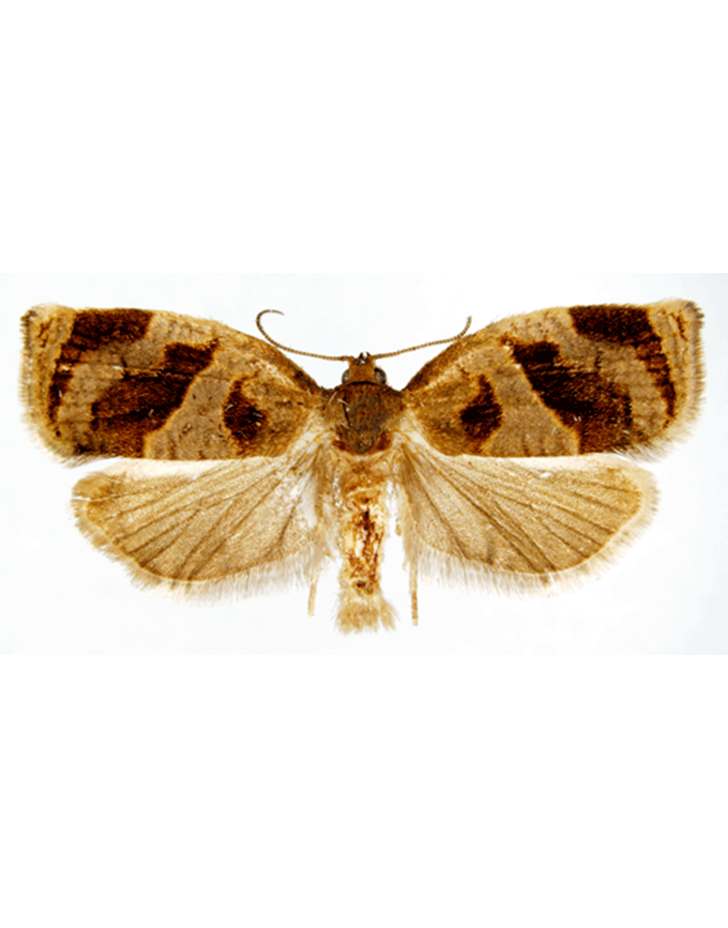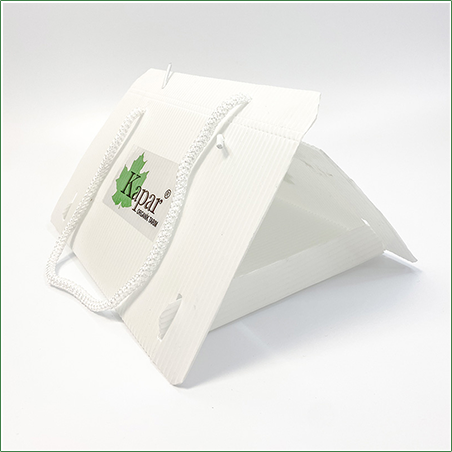Apple, pear, cherry, quince, apricot, pomegranate, almond, plum, walnut, hazelnut, loquat, citrus, plane tree, currant, blackberry, raspberry, rose
In all three species of European leaf rollers, the forewings are trapezoidal and rectangular, vary in color from light olive, olive green to brown.
They spend the winter in the egg period. In the Aegean Region, eggs begin to hatch from the beginning of March. The first emergences generally fall on the flowering period in stone fruit trees. It falls on the bud break period in apples and quinces, close to flowering in pear. The larvae, which complete their development in 16-21 days by changing 4 coats, turn into pupae in the first week of May, among the leaves they have rolled.
In the first two periods, the larvae feed by eating the tips of the newly bloomed leaves, the inner and outer parts of the eyes from the sides and the bottom. They turn the male and female parts of the flowers and the petals into a ball by connecting them with a silky web. Then, inside this flower, they cause the death of the flower by eating the stem of the male organs and the ovary parts of the female organs.
As of March, the traps are hung at 3 traps / ha. Pest monitoring is carried out weekly in traps.


